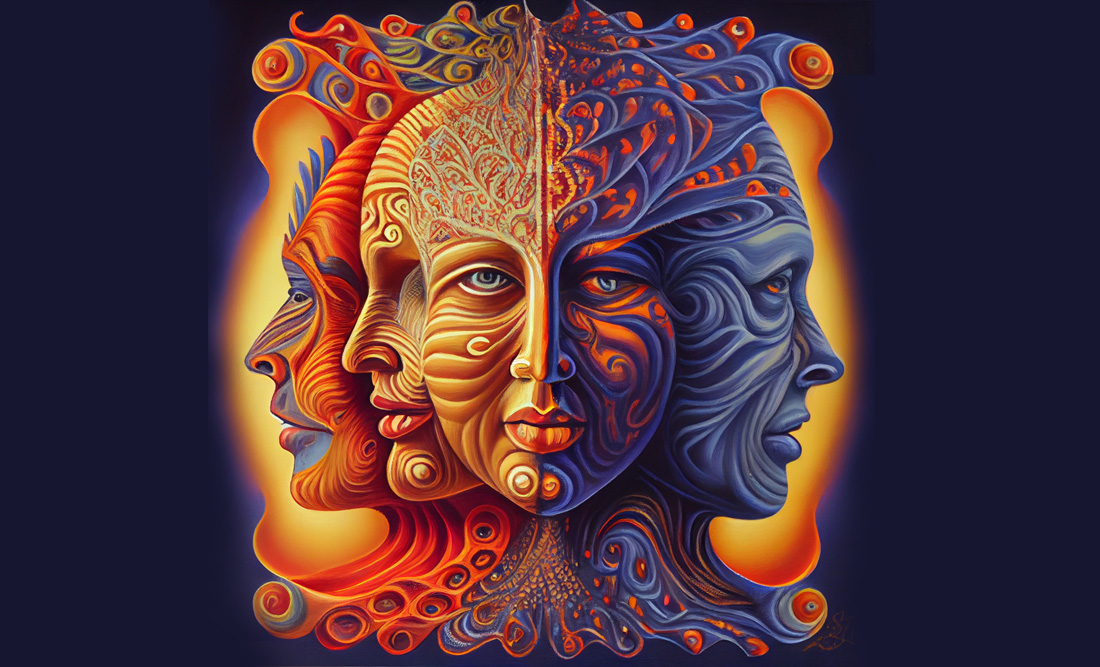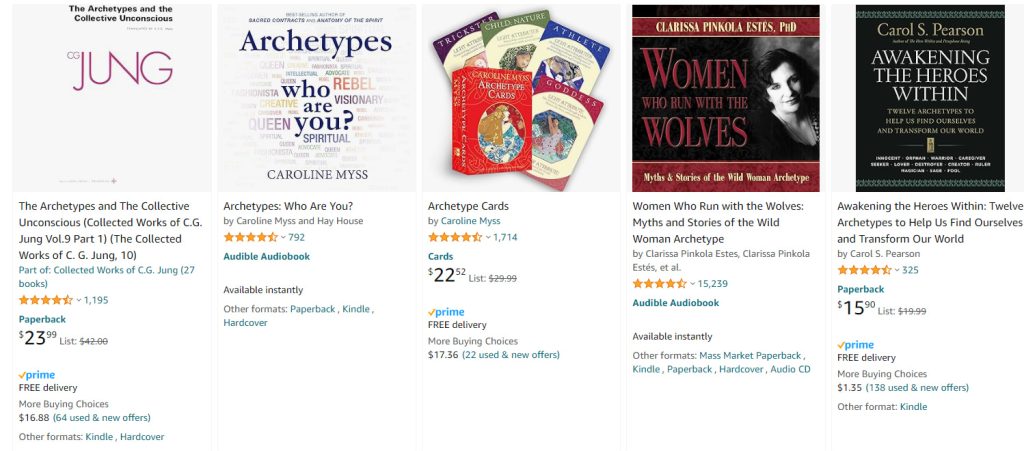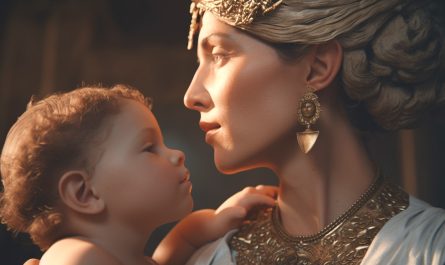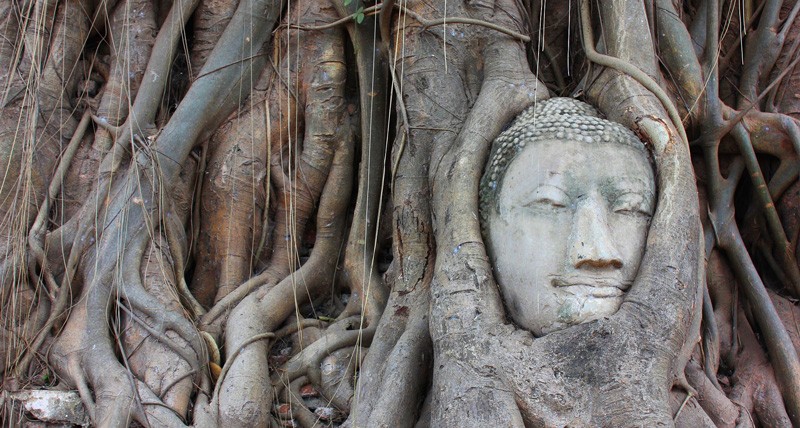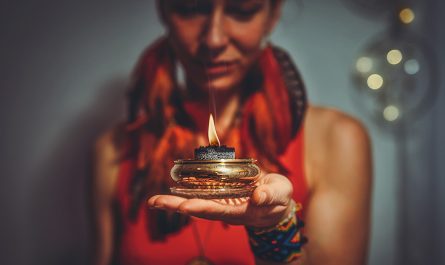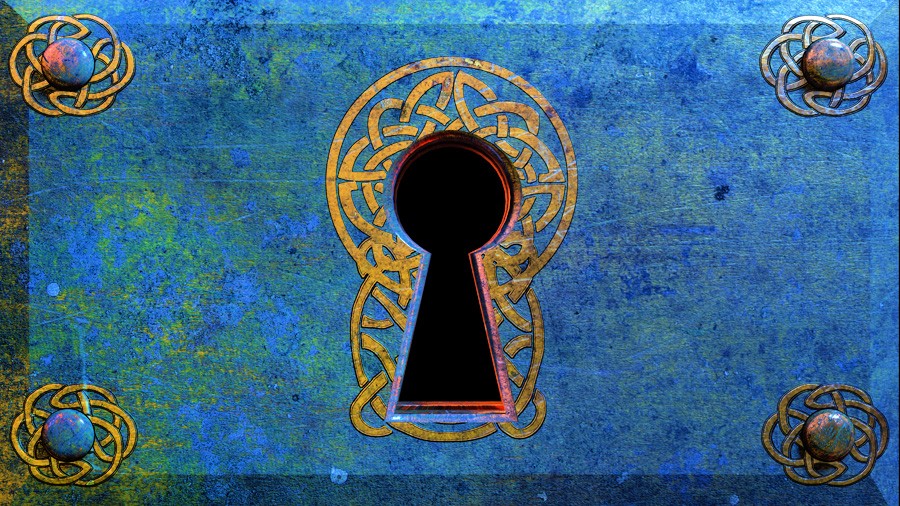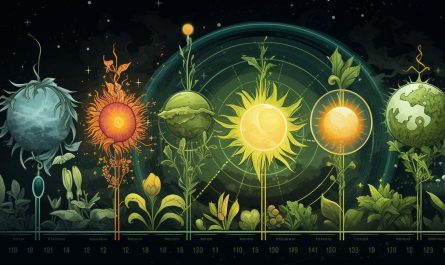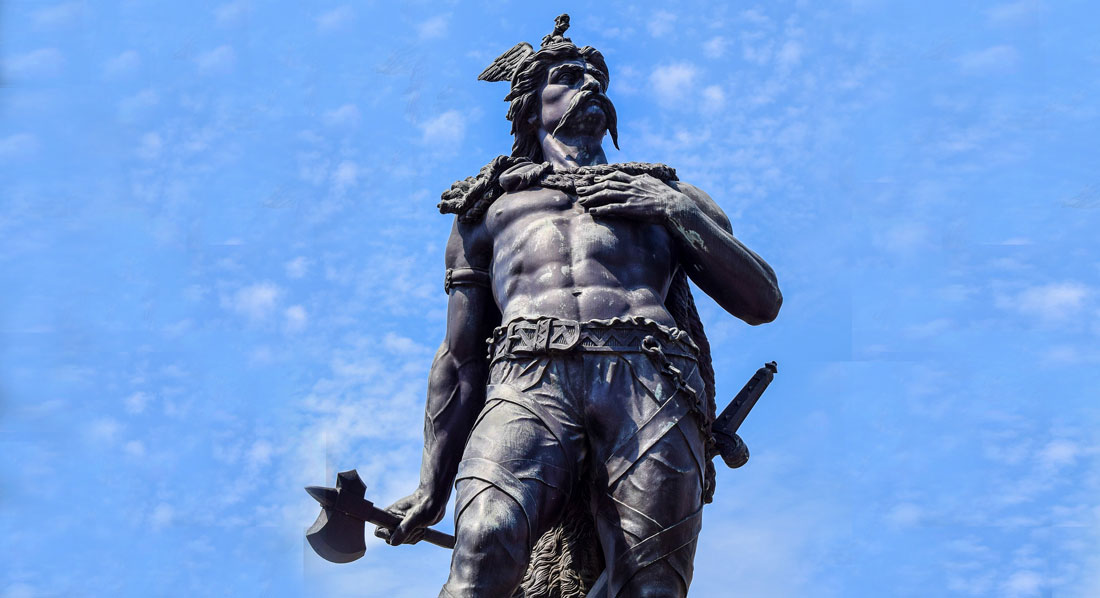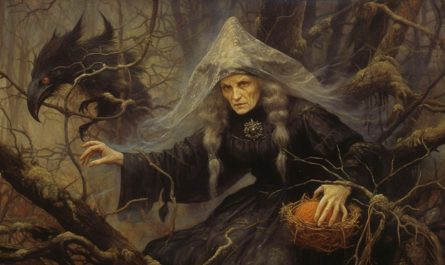Last Updated on July 8, 2025 by Avia
Jungian archetypes are a set of psychological patterns first described by Swiss psychiatrist Carl Jung in the early 1900s. These archetypes, which appear in different forms across cultures, represent certain aspects of human behavior. By understanding and recognizing these 12 Jungian archetypes in our lives, we can gain greater insight into ourselves and others.
I know these archetypes and their meanings have helped me. As a veteran tarot-reader, and the developer of my other website, TarotTeachings.com, the Jungian archetypes have been invaluable for me. They helped make my tarot practices more enriching and vibrant. The archetypes also helped me with my writing, and in many other phases of my life.
But I digress. Because the 12 Jungian archetypes are such helpful, colorful threads in the tapestry of human behavior – I thought it would be a good idea to write about them. So, from the hero to the trickster and more, let’s dive into these Jungian archetypes and their meanings.
Table of Contents
- What Are Jungian Archetypes?
- Who Was Dr. Carl Jung?
- How Did Jung Determine the 12 Archetypes?
- Chart of the 12 Jungian Archetypes
- What’s the Difference Between Jungian Archetypes and Other Archetypes?
- The 12 Archetypes and Their Meaning
- Ways to Utilize Archetypes
- Frequently Asked Questions About the 12 Jungian Archetypes
- Closing Thoughts About Jungian Archetypes
What Are Jungian Archetypes?
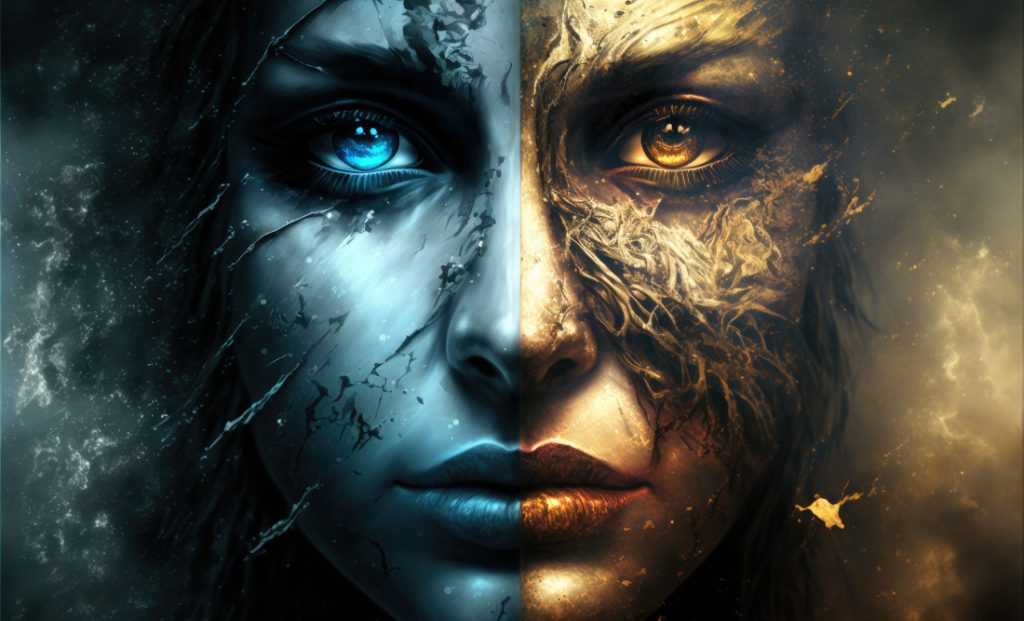
In Jungian psychology, archetypes are highly generalized symbols or images that arise from the collective unconscious, a shared store of unconscious material that is unique to each individual. Archetypes represent fundamental human motifs of our experience and are a constant source of inspiration in our lives.
The most famous and well-known archetype is the Persona, which is the mask we wear to present ourselves to the world. The Shadow is another common archetype, which represents the dark side of our personality that we try to keep hidden. Other archetypes include the Anima/Animus (the feminine/masculine principle within each of us), the Self (the center of our psychic wholeness), and the Wise Old Man or Woman (a figure of spiritual guidance).
Jung believed that these archetypes were universal symbols that could be found in all cultures throughout history. He also believed that they were innate, meaning they are hardwired into our psyches and emerge in our lives even if we are not consciously aware of them.
While Jung’s theory of archetypes has been influential, it has also been controversial. Some critics argue that it is too simplistic and reductionist, while others find it helpful in understanding human behavior.
Who Was Dr. Carl Jung?
Few people know who Carl Jung was, yet his impact on psychology is profound and far-reaching. Carl Gustav Jung was a Swiss psychiatrist who founded analytical psychology. He is best known for his concepts of the collective unconscious and archetypes, which have had a major influence on modern psychology and culture.
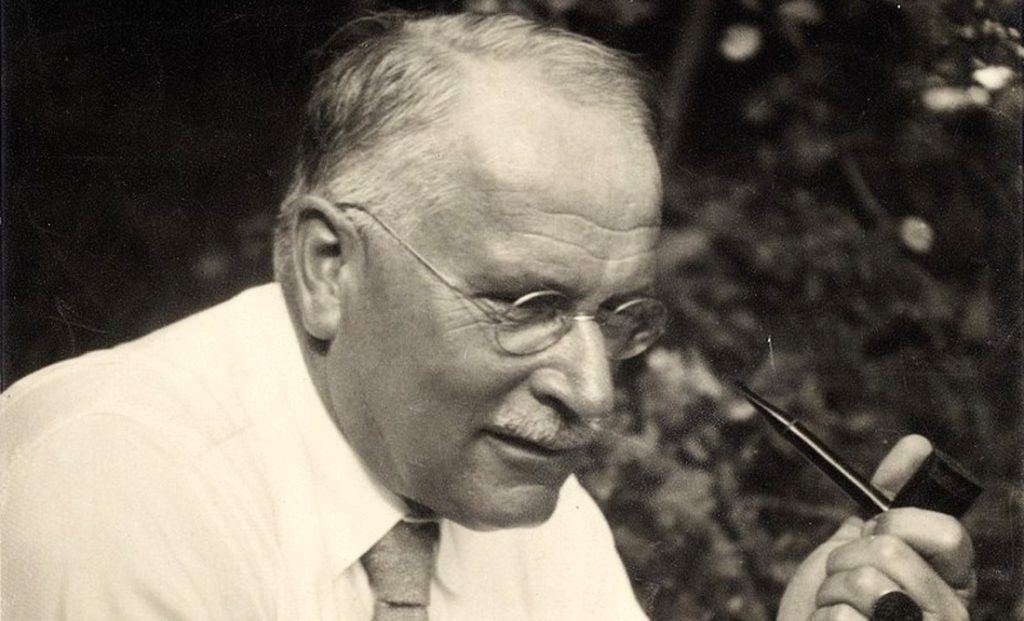
“Archetypes, in spite of their conservative nature, are not static but in a continuous dramatic flux. Thus the self as a monad or continuous unit would be dead. But it lives inasmuch as it splits and unites again. There is no energy without opposites!”
Dr. Carl Jung
How Did Jung Determine the 12 Archetypes?
To determine the 12 archetypes, Jung did a deep dive into literature and mythology from around the world. He looked at stories and characters that reappeared again and again and analyzed what made them so compelling and timeless. From there, he extracted common themes and patterns that he believed were indicative of deeper psychological truths.
Chart of the 12 Jungian Archetypes
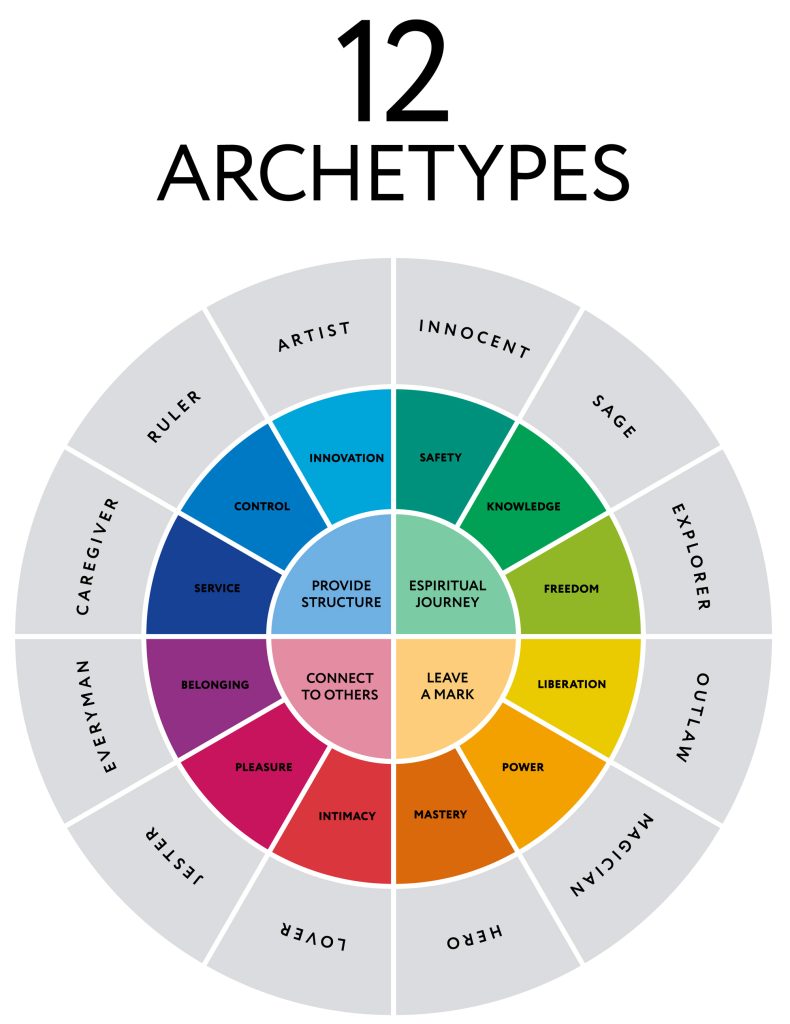
What’s the Difference Between Jungian Archetypes and Other Archetypes?
There are several schools of thought when it comes to archetypes, but the Jungian approach is one of the most well-known. So, what exactly is the difference between Jungian archetypes and other archetypes?
For starters, Jungian archetypes are based on the work of Swiss psychiatrist Carl Jung. Jung believed that certain universal patterns or images are hardwired into our psyches. These patterns manifest themselves in our thoughts, feelings, and behaviors in both individual and collective ways.
Other approaches to archetypes tend to focus more on cultural or literary traditions. For example, some scholars believe that there are certain characters (the Hero, the Maiden, the Witch, etc.) that appear over and over again in myths and stories from around the world. Others may focus on specific symbols or motifs ( such as water or fire) that have deep meaning for us – these are known as symbolic archetypes.
While there is certainly overlap between these different approaches to archetypes, Jungian archetypes tend to be more psychological in nature. They can help us understand ourselves and others better, and can provide a valuable framework for exploring the human experience.
“All the most powerful ideas in history go back to archetypes.”
Dr. Carl Jung
The 12 Archetypes and Their Meaning
The 12 Archetypes were first introduced by psychologist Carl Jung. They are a set of universal, innate mental prototypes that reside in the collective unconscious of humans. These archetypes serve as templates or models for our behavior and help to shape our thoughts and emotions.
Sage – Wise Person
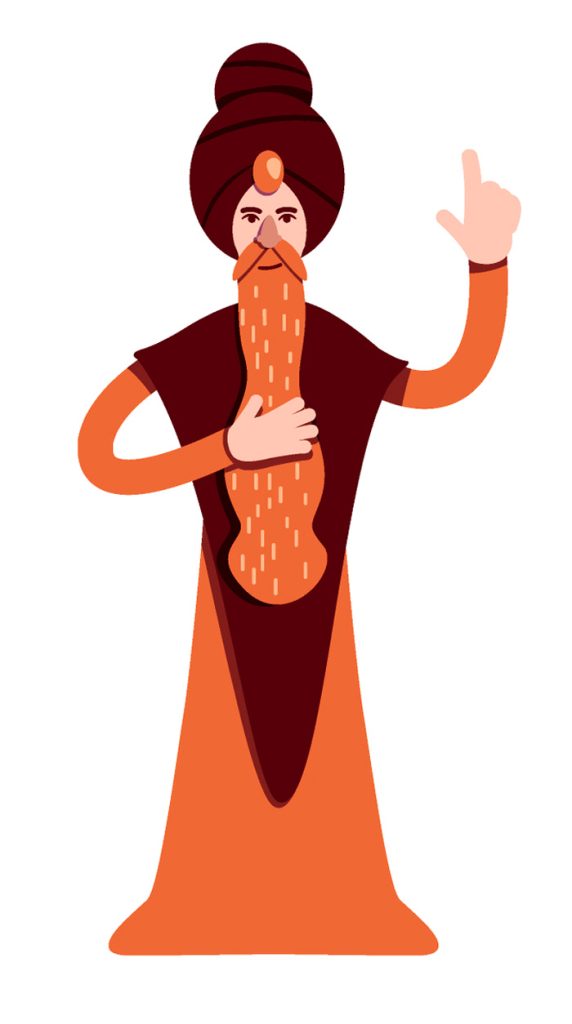
A sage is someone who is wise beyond their years. They are the kind of person who always seems to have the answers to life’s tough questions. Sages are often thought of as being old and wise, but they can also be young people who have a deep understanding of the world.
Sages are usually calm and collected, even in the face of adversity. They know that there is always a silver lining, even if it’s not immediately apparent. This positive outlook on life helps sages stay level-headed when others around them are losing their cool.
If you find yourself in a difficult situation, the sage archetype might be an energy you can conjure within you as a way to solicit solutions from your psyche. Their wisdom and insight can help you see things from a different perspective and find solutions that you may have otherwise overlooked.
Innocent – Child
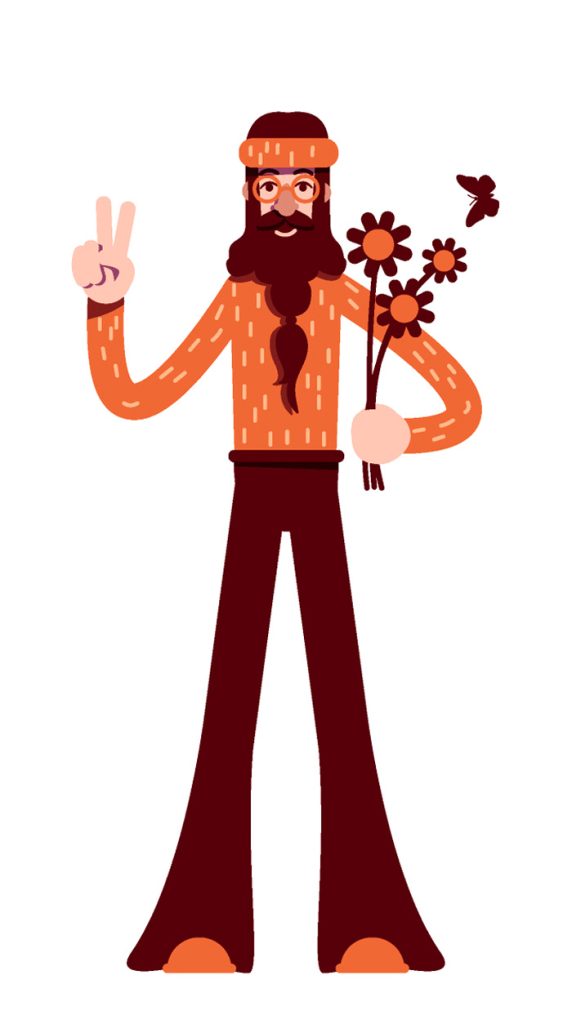
According to Jung, the innocent is someone who lives in the present moment and takes life at face value. They are trusting, childlike, and believe that all people are good. The innocent archetype is often associated with youthfulness and naivete. In my experience as a tarot-reader, the innocent is connected with the Fool card in the tarot. If you look at the picture of the Fool card, you’ll see the character has a cavalier type of attitude. It’s not at all cocky – it’s just an essence of “being unaware.”
What I’m trying to say here is that it would be unwise to equate innocence with foolishness. In reality, the innocent is no fool – only blind to much of the threat, fear, and harm that tends to retard growth, enthusiasm, and wonder in others.
Explorer
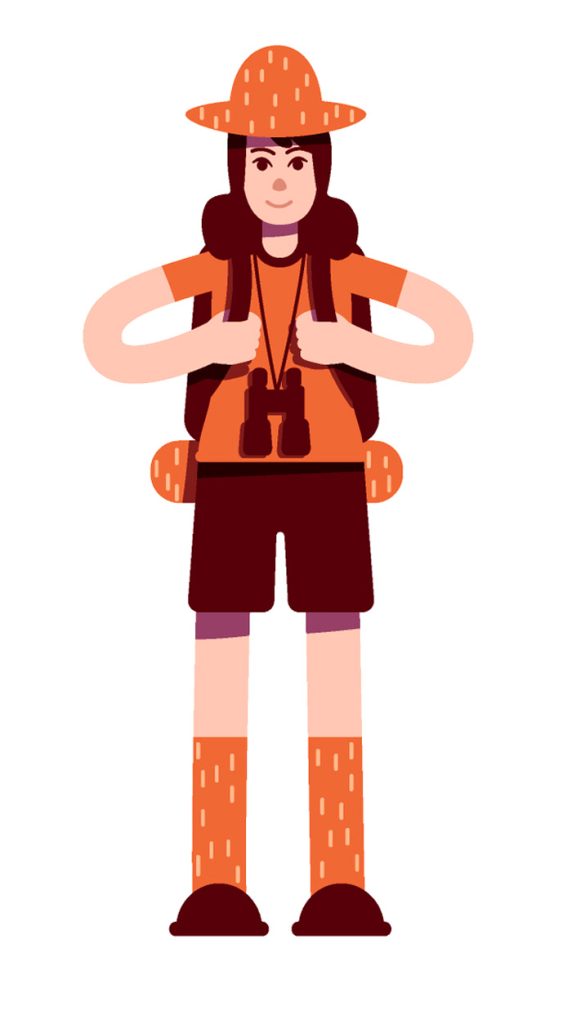
In Carl Jung’s theory of Archetypes, the explorer is one of the main character types that he identified. The explorer is someone who is always searching for new horizons and new experiences. They are curious and adventurous, and they are always looking for new challenges. The explorer is not content with the status quo, and they are always looking for ways to improve their situation. If you gravitate to the explorer jungian archetype, you’re probably a natural leader, and you are often the ones who take on the most difficult challenges. Explorers are risk-takers, and they are often the first to try something new.
Ruler
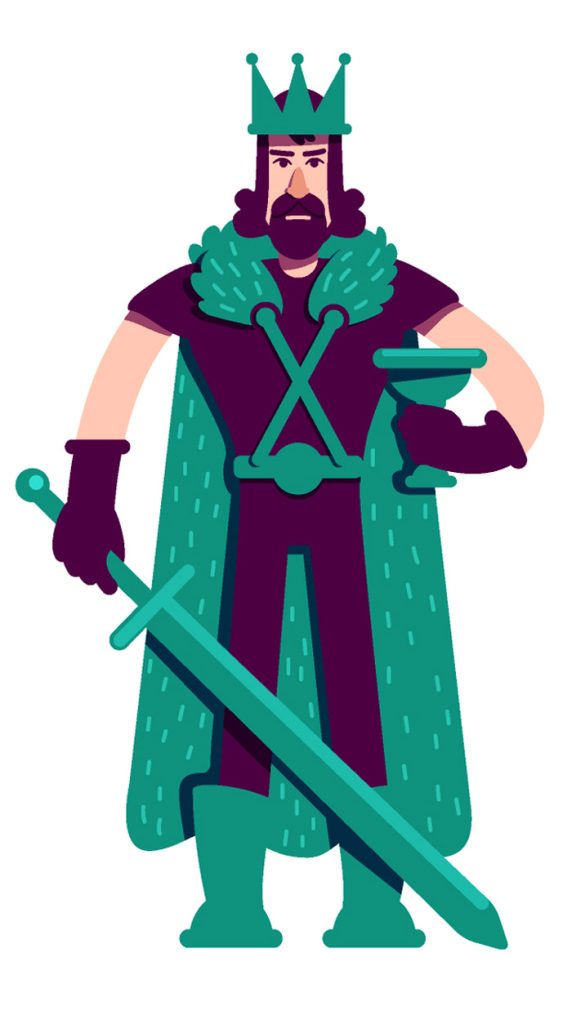
In Jungian psychology, archetypes represent different aspects of the human psyche. The Ruler archetype represents our need for structure and order in our lives. This archetype manifests itself in our need for hierarchy and authority figures in our lives. It is also associated with our desire for power and control.
You can think of modern rulers or chieftains, or medieval royalty to convey the feeling of power and authority when it comes to the ruler Jungian archetypes. In the tarot, a ruler pops up in the Emperor card. This is a type of steely, unquestioning authority. Rulers take authority naturally, and they can be incredibly commanding.
Creator – Artist
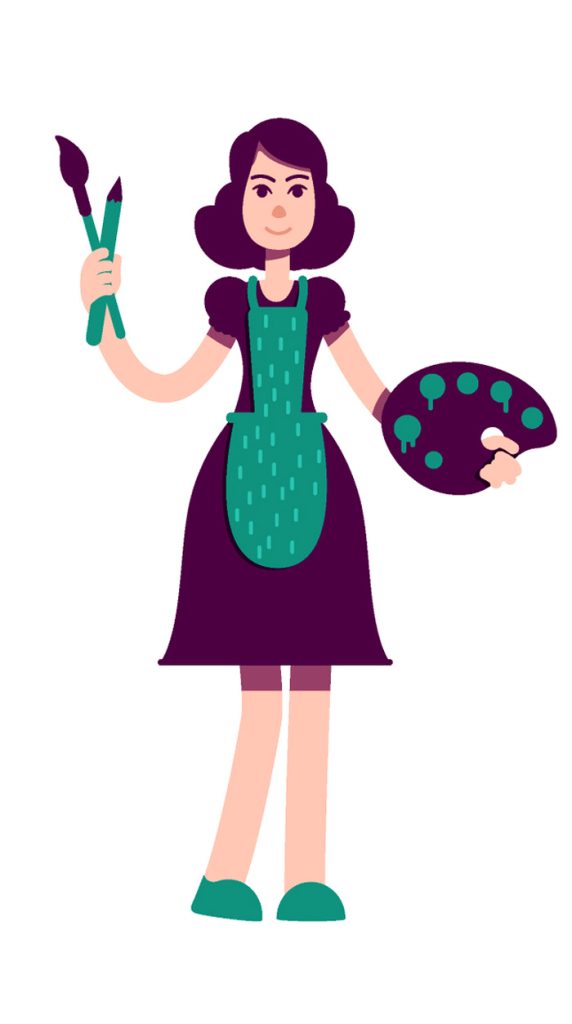
Among the Jungian archetypes, the creator is perhaps one of the most intriguing. This personality type has been labeled the “Dreamer,” but the difference between a dreamer-creator type and just a dreamer is that the creator archetype manifests dreams. This is a can-do attitude. The creator gets things done and does so from seemingly unseen mechanisms.
To explain, the creator solidifies vision. He or she takes the intangible and makes it tangible. The creator brings new ideas into the world too. They are original and take great pleasure in being distinguished as unique and unorthodox. Without the creator archetype, I’m afraid this world would be a sad, paltry shadow of itself. We need creators to inspire, delight, and surprise us. We need them to innovate and create remarkable new creations that make our lives more colorful and bright.
Caregiver
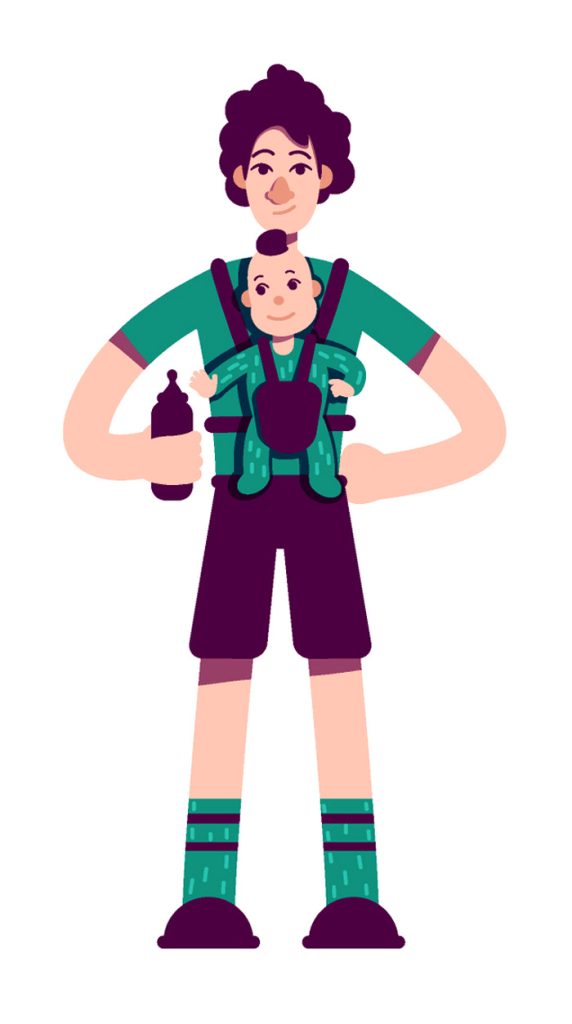
A caregiver archetype is what you might expect. Those who resonate with this personality type are always looking out for the welfare of others. You are selfless, compassionate, and giving. As a caregiver archetype, you also have a deep need to care for and nurture those around you. You find fulfillment in meeting the needs of others. You are often drawn to careers in healthcare, teaching, or social work.
The caregiver is the heart of human compassion. This archetype is compelled to defend the defenseless, heal the broken, and uplift those who are down. Caregivers are quite commonly the protectors of the vulnerable, and the cheerleader to all the underdogs of the world.
Magician – Wizard
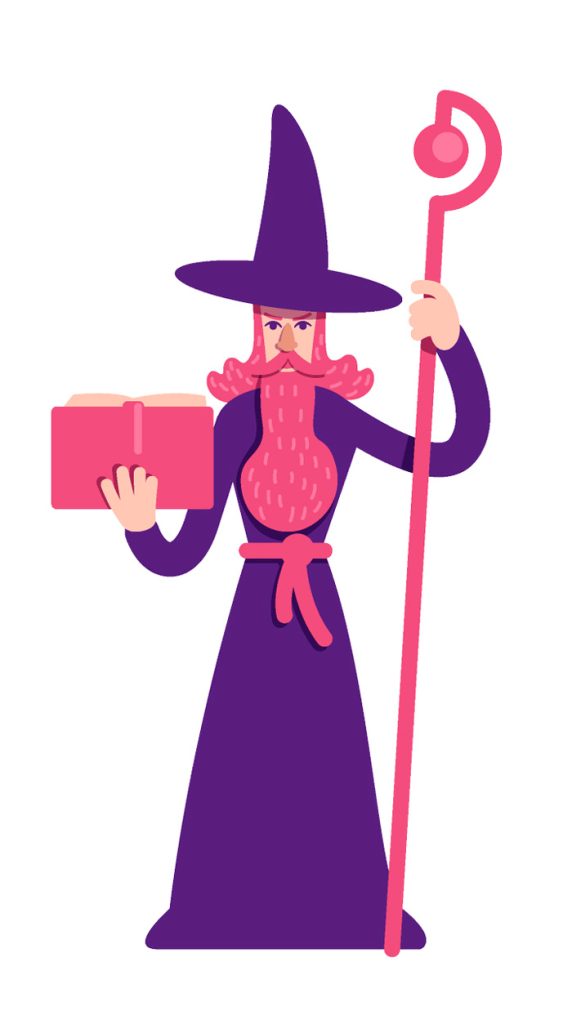
A magician archetype points to personalities that are able to harness the power of unseen forces and use them to their advantage. The magician is someone who is able to use their knowledge and skill to achieve great things. Magicians – wizards are typically highly respected in the community. This is because, at full strength, the magician’s personality is a marvel to behold. They seem to pluck solutions out of thin air. Magicians are also well-connected – so they commonly have resources at their fingertips – making their progress and achievements seemingly effortless.
The magician wields great power – but with that – great responsibility. Therefore, it’s not unusual for magician types to cast an air of super-seriousness. These personalities typically have a lot on their mind. They are deep in thought, and they are also aware of the burden they bear when making big decisions and carrying the responsibility of the magic they work in the world.
Hero
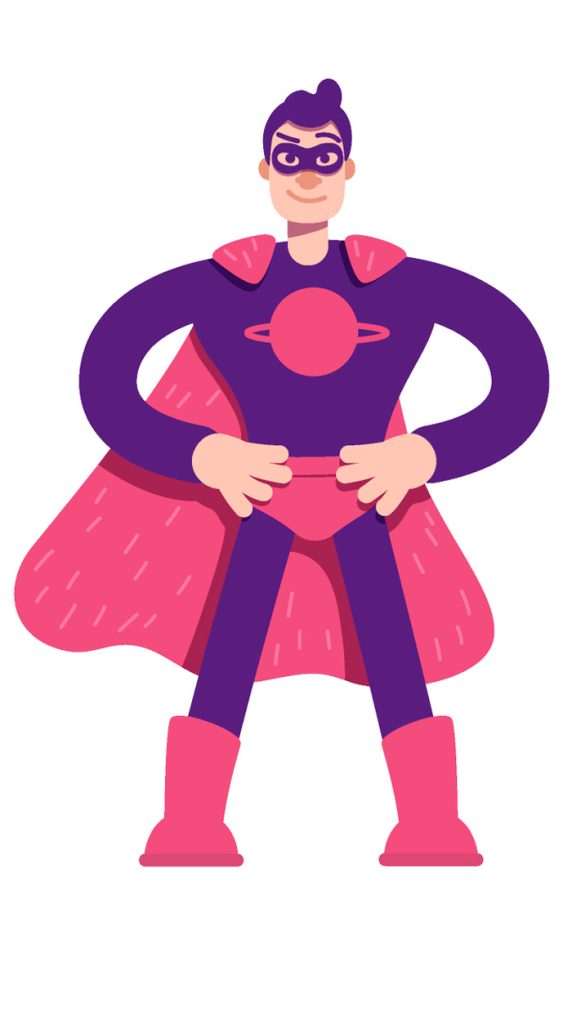
The term “hero” often conjures up images of superhuman strength and courage, but the concept of a hero is much more complex than that. A hero is someone who embodies the best of human qualities, such as bravery, integrity, and compassion. They are also willing to put their own life on the line for others.
Heroes come in all shapes and sizes, and they can be found in all walks of life. Some heroes are well-known, while others are unsung. But all heroes share one common trait: they are willing to sacrifice themselves for the greater good.
Among the Jungian archetypes, the hero is perhaps the most well-known – especially in the wake of explosive debuts of Marvel and DC superheroes in various movies. What’s important to note is that the hero archetype is driven by the overriding concept known as “good conquers evil.” It’s part of the hero’s journey – to render balance where before there was either chaos or disharmony. Therefore, when they see injustice, their knee-jerk reaction is to staunch it out. Hero archetypes (as opposed to anti-heroes), have an innate sense of the right thing to do, and they are a champion when it comes to correcting wrongdoings in society.
Outlaw – Rebel
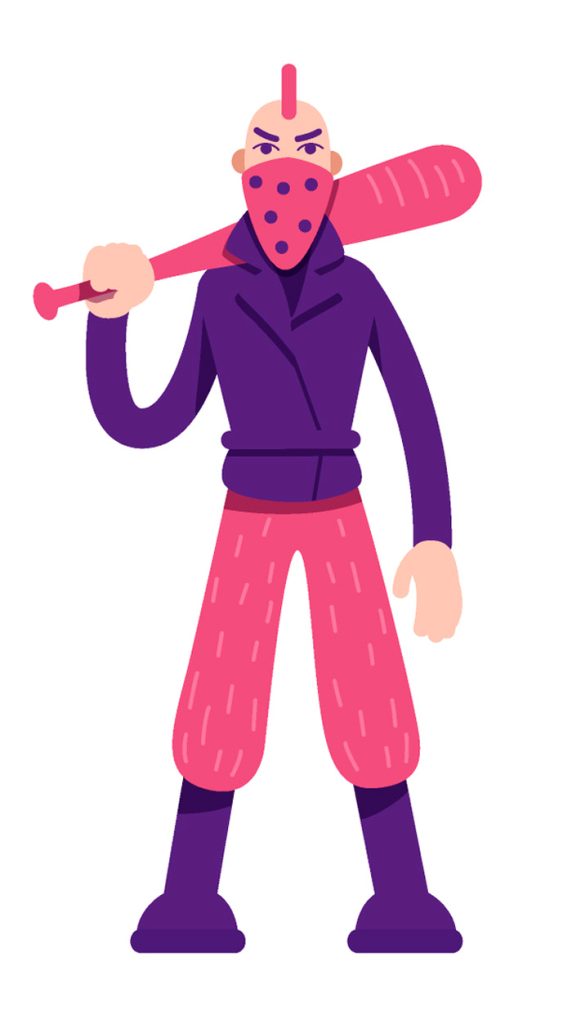
There’s something alluring about the rebel. They stand outside the status quo, refusing to conform to societal norms and expectations. They’re rebels with a cause, fighting for what they believe in even if it means going against the grain. The outlaw is a symbol of freedom and individuality, someone who isn’t afraid to break the rules.
The rebel archetype can be found in many different forms, from the literary rebel who stands up against an oppressive regime to the rebellious teenager who just wants to be their own person. The common thread between all rebels is their unwillingness to accept things as they are. They want to change the world, even if it means breaking some rules along the way.
The outlaw archetype is often associated with chaos and anarchy, but there’s more to this archetype than that. Outlaws are often misunderstood because they operate outside of society’s laws and conventions. But sometimes, being an outlaw is necessary in order to effect change. After all, it’s hard to make waves when you’re swimming in the same direction as everyone else.
If you identify with the rebel archetype, you’re likely independent, courageous, and motivated by a desire to make a difference. You’re not afraid of stepping outside your comfort zone or going against the grain. You know that true freedom comes from within, and you’re willing to fight for what you believe in – even if it means breaking some rules along the way.
Lover
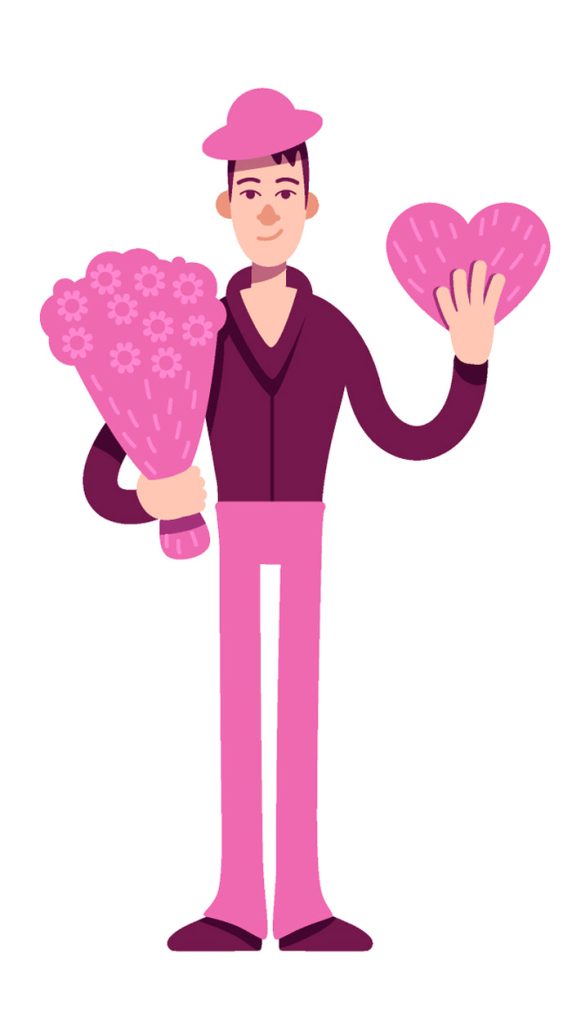
Among the Jungian archetypes, the lover is indubitably most recognizable. This archetype is all about emotion, passion, and intimacy. This archetype is often symbolized by the image of a romantic couple or a mother and child – but of course, this archetype can take on other symbolic forms. The lover represents the desire for connection and union with another person.
At its best, the lover archetype allows us to experience the joys of love, intimacy, and connection. But at its worst, this archetype can lead to codependency, addiction, and dysfunctional relationships. We may become so focused on our relationships that we lose sight of our own needs and desires. Or we may become addicted to the drama and intensity of toxic relationships.
If you find yourself drawn to the Jungian lover archetype, consider how you can create healthy and fulfilling relationships in your life. What does true love look like to you? How can you cultivate more intimacy and connection in your life?
Jester – Trickster
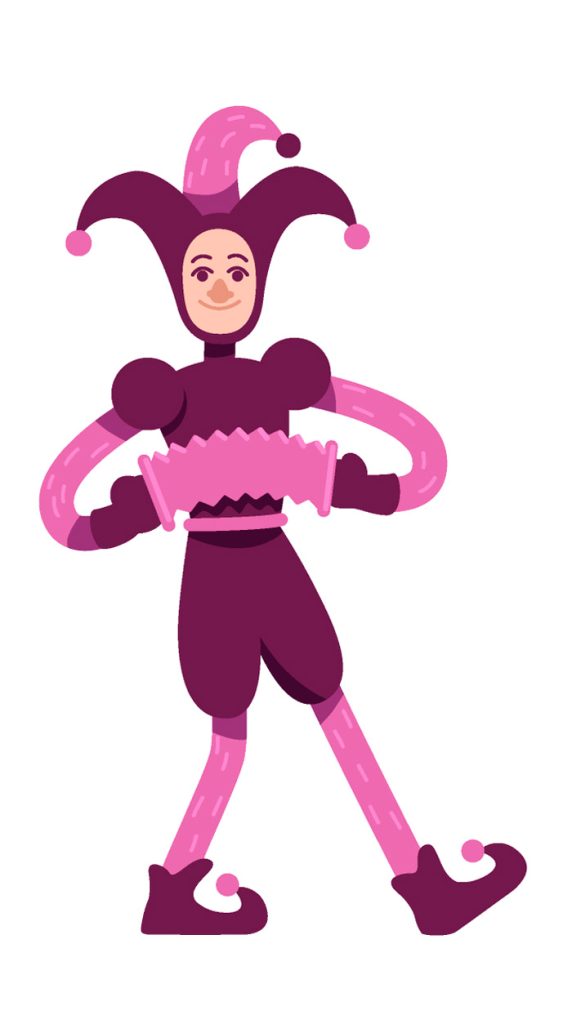
The jester is one of the most recognizable archetypes. This archetype is often associated with being funny, childlike, and carefree. The jester is someone who brings laughter and joy into our lives. They are often the life of the party and make us feel good when we are around them. The jester archetype can also be associated with tricksters and fools. These types of people may not always have the best intentions, but they usually mean well. The jester archetype is about having fun and enjoying life.
But there is a lot more to the trickster than meets the eye. I can’t tell you how many Native American stories I’ve poured over with the trickster archetype rooted firmly within the tale. In almost every story, the trickster has caused some sort of disruption or fracas which leads to a new beginning. It’s almost like a creator-destroyer scene. Meaning, the trickster typically breaks something which leads to a new way of living in nature.
So, the trickster isn’t always about goofing off or having fun. This archetype reminds me of one of my most favorite quotes by artist, M.C. Escher, when he says, “My work is play. Very serious play.” That’s what the trickster is all about. Think about Jack Sparrow in the pirate movies. He was always having a lark – but his random antics always had a purpose. Tricksters have fun, but they also have strategies. There is a method to their madness, and their playtime has purpose.
Regular Person (Everyman or common man)
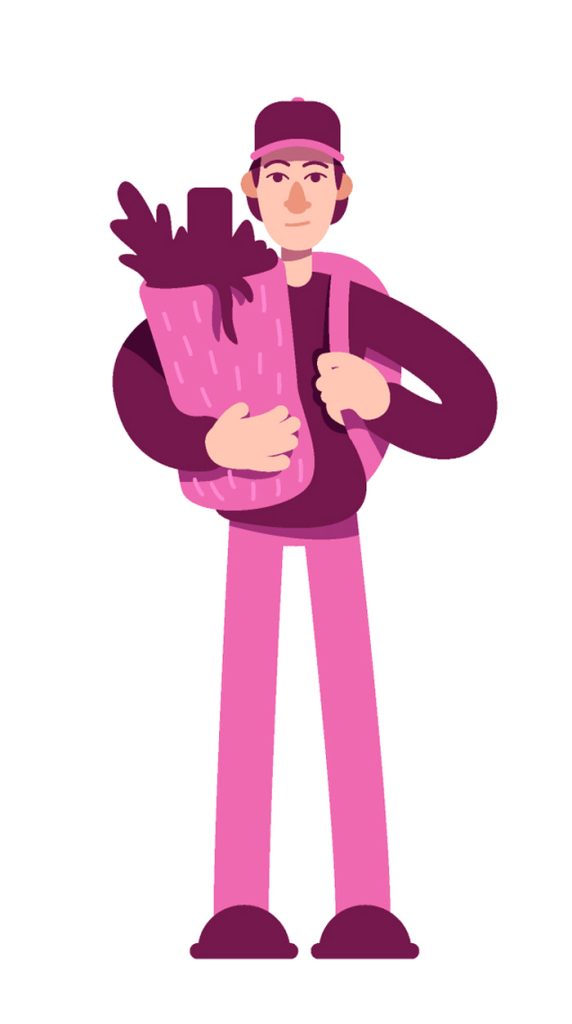
The “Regular Person” is the everyman archetype. This person is the average guy or gal who just wants to live a normal, happy life. They’re not looking for fame or fortune, but just want to be content with their lot in life. It’s been said that this everyman archetype represents the majority of people in the world.
The regular person or common human has a deep need to belong, and will typically make efforts to fit into society so as not to topple any apple carts. They are commonly content with consistency, and would prefer not to deal with big changes in their life or community. These are good people in general, good neighbors, friends, and family members. They have a deep need for the world to be predictable and moving on an even keel. The regular person is needed in the world, because without them, other archetypes would not have the ability to influence, shape, and shift our communities.
“There are as many archetypes as there are typical situations in life. Endless repetition has engraved these experiences into our psychic constitution, not in the forms of images filled with content, but at first only as forms without content, representing merely the possibility of a certain type of perception and action.”
Dr. Carl Jung
Ways to Utilize Archetypes
You can use these archetypes to better understand yourself and others. They can also be helpful in making decisions about what you want in life.
In general, understanding these archetypes can help you become more self-aware and make choices that are aligned with your best interests and values.
When it comes to Jungian archetypes, there are a number of ways that they can be utilized in order to create deeper meaning in our lives. Here are just a few ways that you can work with archetypes:
Use them as a guide for self-discovery
By getting to know the different archetypes, you can start to see which ones resonate with you on a personal level. What qualities do you see in yourself? What does each archetype represent for you? exploring your relationship to the different archetypes can be a powerful way to gain greater self-awareness and understanding.
Use them as a tool for personal growth. Once you have a better understanding of which archetypes resonate with you, you can start to work with them intentionally as a tool for personal growth. If there are certain qualities that you would like to cultivate more of in your life, look to the corresponding archetype as inspiration. For example, if you want to work on being more compassionate, look to the caregiver archetype as a guide.
Invoke them in your creative endeavors
Archetypes can also be used as a tool for creativity and self-expression. If you’re feeling stuck creatively, consider working with an archetype as a muse or source of inspiration. How can you bring the energy of that archetype into your creative work?
Use them in your relationships
Our relationships are often reflective of the different archetypes at play within us. By becoming more aware of archetypal traits in yourself and others, you can begin weaving a tapestry of meaning, dialogue, and understanding. Sometimes it’s easier to negotiate in a partnership when we address the archetype rather than confront the person we know so well standing in front of us. Alternatively, you can step into the role of a particular archetype in order to “act the part” or bolster your confidence in dealing with relationship issues.
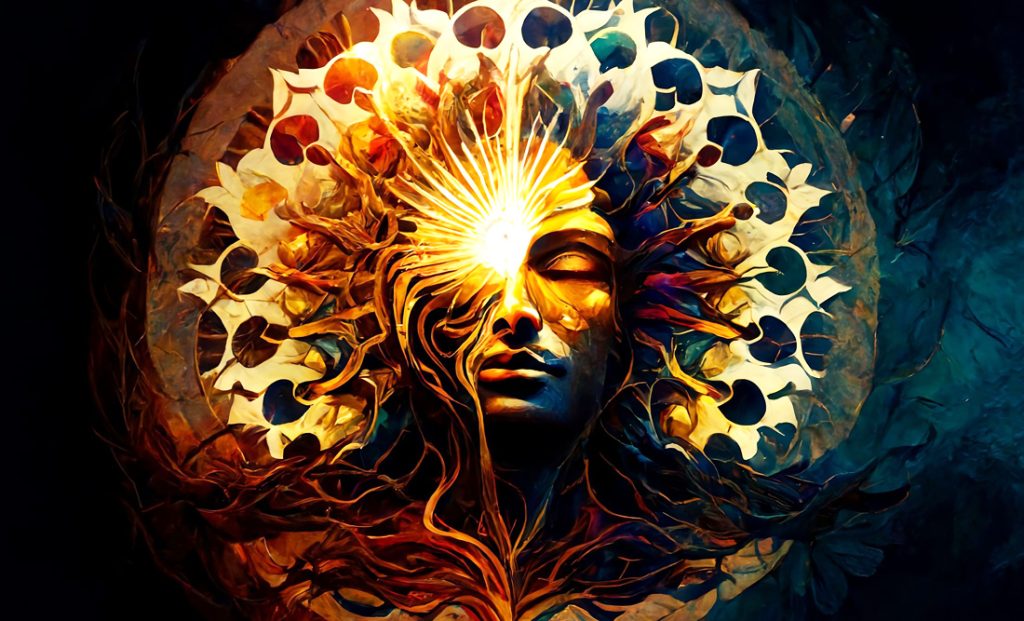
Frequently Asked Questions About the 12 Jungian Archetypes
Jungian archetypes are universal symbols that exist in the collective unconscious of humanity. They are often expressed in art, literature, and myths and can represent aspects of our lives such as birth, death, and love.
The collective unconscious is a level of the psyche that contains our shared ancestral memories and experiences. It is often said to be the source of our dreams and imagination.
Archetypes influence our lives by shaping our perceptions, attitudes, and behaviors. For example, the archetype of the mother can influence how we relate to other people and how we care for others.
Closing Thoughts About Jungian Archetypes
I hope this article has helped you gain a better understanding of the 12 Jungian archetypes and their meanings. Learning about these twelve different archetypes can help guide your journey to self-discovery, as well as provide insight into the motivations and behavior of those around you. Knowing what motivation lies beneath the surface of yourself and others can prove invaluable when it comes time to build relationships or make decisions that affect them, so take some time to understand the various Jungian archetypes and how they might apply in your life. As always, thanks for reading!
Mighty brightly,

© Copyrighted. All Rights Reserved.

